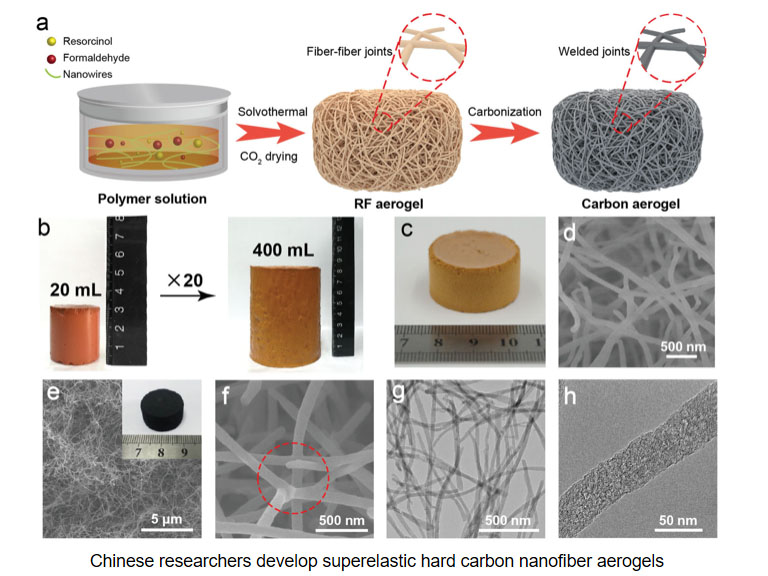
-
 Afrikaans
Afrikaans -
 Albanian
Albanian -
 Amharic
Amharic -
 Arabic
Arabic -
 Armenian
Armenian -
 Azerbaijani
Azerbaijani -
 Basque
Basque -
 Belarusian
Belarusian -
 Bengali
Bengali -
 Bosnian
Bosnian -
 Bulgarian
Bulgarian -
 Catalan
Catalan -
 Cebuano
Cebuano -
 China
China -
 China (Taiwan)
China (Taiwan) -
 Corsican
Corsican -
 Croatian
Croatian -
 Czech
Czech -
 Danish
Danish -
 Dutch
Dutch -
 English
English -
 Esperanto
Esperanto -
 Estonian
Estonian -
 Finnish
Finnish -
 French
French -
 Frisian
Frisian -
 Galician
Galician -
 Georgian
Georgian -
 German
German -
 Greek
Greek -
 Gujarati
Gujarati -
 Haitian Creole
Haitian Creole -
 hausa
hausa -
 hawaiian
hawaiian -
 Hebrew
Hebrew -
 Hindi
Hindi -
 Miao
Miao -
 Hungarian
Hungarian -
 Icelandic
Icelandic -
 igbo
igbo -
 Indonesian
Indonesian -
 irish
irish -
 Italian
Italian -
 Japanese
Japanese -
 Javanese
Javanese -
 Kannada
Kannada -
 kazakh
kazakh -
 Khmer
Khmer -
 Rwandese
Rwandese -
 Korean
Korean -
 Kurdish
Kurdish -
 Kyrgyz
Kyrgyz -
 Lao
Lao -
 Latin
Latin -
 Latvian
Latvian -
 Lithuanian
Lithuanian -
 Luxembourgish
Luxembourgish -
 Macedonian
Macedonian -
 Malgashi
Malgashi -
 Malay
Malay -
 Malayalam
Malayalam -
 Maltese
Maltese -
 Maori
Maori -
 Marathi
Marathi -
 Mongolian
Mongolian -
 Myanmar
Myanmar -
 Nepali
Nepali -
 Norwegian
Norwegian -
 Norwegian
Norwegian -
 Occitan
Occitan -
 Pashto
Pashto -
 Persian
Persian -
 Polish
Polish -
 Portuguese
Portuguese -
 Punjabi
Punjabi -
 Romanian
Romanian -
 Russian
Russian -
 Samoan
Samoan -
 Scottish Gaelic
Scottish Gaelic -
 Serbian
Serbian -
 Sesotho
Sesotho -
 Shona
Shona -
 Sindhi
Sindhi -
 Sinhala
Sinhala -
 Slovak
Slovak -
 Slovenian
Slovenian -
 Somali
Somali -
 Spanish
Spanish -
 Sundanese
Sundanese -
 Swahili
Swahili -
 Swedish
Swedish -
 Tagalog
Tagalog -
 Tajik
Tajik -
 Tamil
Tamil -
 Tatar
Tatar -
 Telugu
Telugu -
 Thai
Thai -
 Turkish
Turkish -
 Turkmen
Turkmen -
 Ukrainian
Ukrainian -
 Urdu
Urdu -
 Uighur
Uighur -
 Uzbek
Uzbek -
 Vietnamese
Vietnamese -
 Welsh
Welsh -
 Bantu
Bantu -
 Yiddish
Yiddish -
 Yoruba
Yoruba -
 Zulu
Zulu
cpvc frp tank
The Versatility of CPVC FRP Tanks in Modern Industries
In the realm of industrial storage solutions, CPVC (Chlorinated Polyvinyl Chloride) FRP (Fiber Reinforced Plastic) tanks have emerged as a revolutionary option. Their unique composition offers an impressive blend of durability, corrosion resistance, and versatility, making them ideal for a variety of applications across different sectors. This article explores the benefits, applications, and innovations surrounding CPVC FRP tanks, underscoring their integral role in modern industrial practices.
Understanding CPVC and FRP
CPVC is a thermoplastic that is widely recognized for its resilience against high temperatures and corrosive substances. Its chlorination process enhances its physical and chemical properties, leading to improved performance in various environments. On the other hand, FRP is a composite material made of fiberglass and resin, designed to provide exceptional strength while being lightweight. When utilized together, CPVC and FRP create tanks that can withstand harsh conditions that traditional materials, such as steel or polyethylene, might not endure.
Benefits of CPVC FRP Tanks
One of the standout features of CPVC FRP tanks is their remarkable resistance to corrosion. Unlike metal tanks, which can succumb to rust and deterioration over time, CPVC FRP tanks maintain their integrity even when exposed to aggressive chemicals. This characteristic not only prolongs the lifespan of the tanks but also ensures that the stored materials remain uncontaminated.
Moreover, CPVC FRP tanks exhibit excellent temperature resistance. They can efficiently store hot and cold liquids without compromising their structural integrity. This feature is particularly beneficial in industries such as chemical processing, where fluctuating temperatures are common.
Additionally, these tanks are lightweight, which facilitates easier installation and transportation. The reduced weight also minimizes the need for substantial support structures, ultimately leading to cost savings in construction and setup.
cpvc frp tank

Applications Across Industries
The versatility of CPVC FRP tanks makes them suitable for various applications. In the chemical industry, they are often used for storing acids, bases, and other corrosive substances. Their ability to resist corrosion ensures safety and longevity, which is paramount in such environments.
In the water treatment sector, CPVC FRP tanks serve as containment units for both potable and wastewater. Their chemical resilience means that they do not leach harmful substances, making them a preferred choice for storing drinking water.
Additionally, these tanks find applications in the food and beverage industry, where hygiene is critical. CPVC FRP tanks can be used to store ingredients and products without the risk of contamination, ensuring compliance with health regulations.
Innovations and Future Prospects
As technology evolves, so too does the manufacturing process of CPVC FRP tanks. Innovations such as advanced resin formulations and reinforcement techniques are continuously being developed to enhance their performance characteristics. Furthermore, the increasing focus on sustainability is driving the production of tanks that are not only durable but also environmentally friendly.
In conclusion, CPVC FRP tanks represent a significant advancement in industrial storage solutions. Their unmatched resistance to corrosion, temperature fluctuations, and lightweight design make them indispensable in various sectors, from chemical manufacturing to water treatment and food processing. As industries continue to seek efficient and reliable storage options, CPVC FRP tanks will undoubtedly play a crucial role in shaping the future of industrial practices.
Latest news
-
Exploring the Benefits of Top Hammer Drifter Rods for Enhanced Drilling PerformanceNewsJun.10,2025
-
High-Precision Fiberglass Winding Machine for GRP/FRP Pipe Production – Reliable & Efficient SolutionsNewsJun.10,2025
-
FRP Pipes & Fittings for Shipbuilding - Corrosion-Resistant & LightweightNewsJun.09,2025
-
Premium FRP Flooring Solutions Durable & Slip-ResistantNewsJun.09,2025
-
Premium Fiberglass Rectangular Tanks Durable & Lightweight SolutionNewsJun.09,2025
-
Tapered Drill String Design Guide Durable Performance & UsesNewsJun.09,2025









